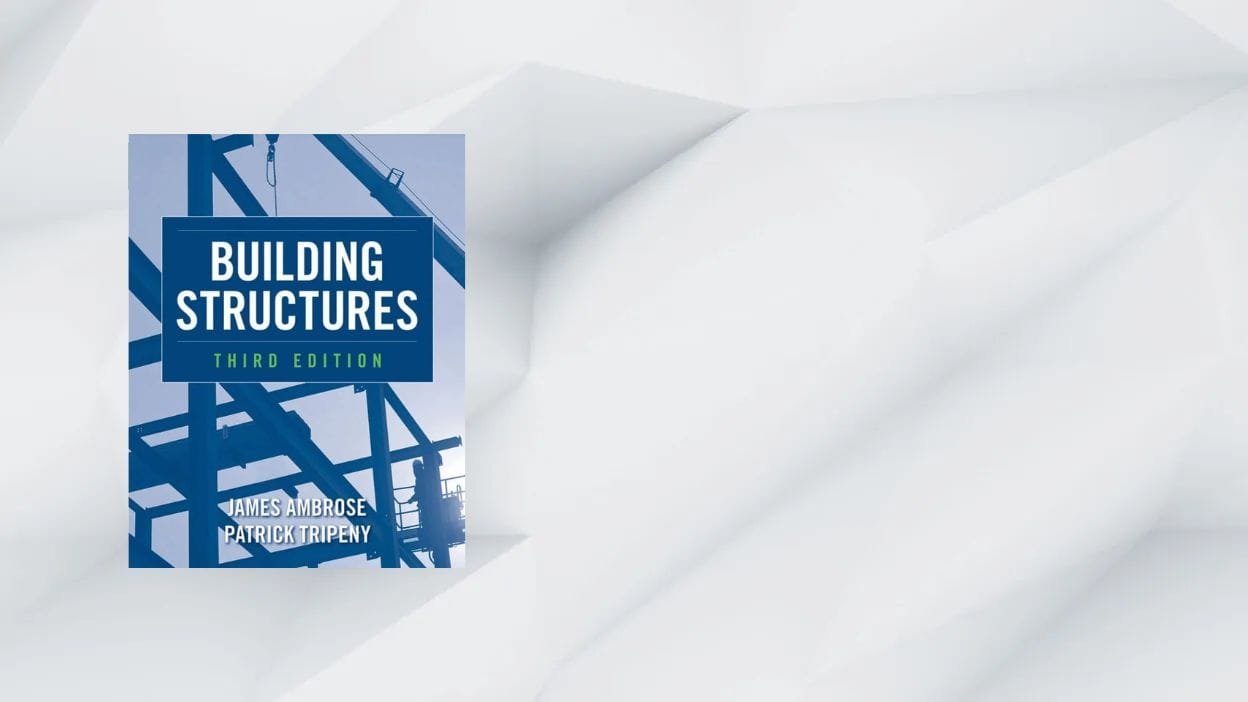Structural engineering is one of the most critical pillars of modern construction, combining creativity, science, and engineering precision to shape safe, efficient, and innovative buildings. The Building Structures – 3rd Edition stands out as a top resource for students, architects, and professional engineers, offering updated principles, design methods, and real-world examples aligned with modern building codes.
This guide explores the book’s features, importance, audience, and how to legally access the PDF version for free.
What is Building Structures – 3rd Edition?
Building Structures – 3rd Edition is a comprehensive structural engineering textbook authored by leading experts in the field. It covers everything from basic structural principles to advanced analysis techniques, with a focus on practical applications in real-world construction projects.
Key Features of the 3rd Edition
- In-Depth Coverage – Detailed explanations of load distribution, forces, and structural analysis.
- Real-World Examples – Case studies showing practical problem-solving in building design.
- Visual Aids – Diagrams, charts, and illustrations for easier understanding.
- Updated Standards – Fully aligned with current building codes and international design practices.
Importance of Structural Engineering Knowledge
Structural engineering ensures that buildings are safe, durable, and efficient. Mastering concepts from this book can:
- Build a strong foundation for aspiring engineers.
- Provide advanced insights for experienced professionals.
- Inspire innovative approaches to modern construction challenges.
Comparing Editions – 2nd vs. 3rd Edition
Compared to the 2nd edition, the 3rd Edition offers:
- Enhanced diagrams and illustrations for clearer learning.
- Updated case studies reflecting current construction challenges.
- Integration of modern design standards and sustainability considerations.
Who Should Read This Book?
- Engineering Students – Ideal for undergraduate and postgraduate coursework.
- Architects – To deepen understanding of structural frameworks.
- Professional Engineers – As a reference for design, analysis, and compliance.
Benefits of Digital Access
Having the PDF version offers:
- Convenience – Study anywhere, anytime.
- Cost Savings – More affordable than print editions.
- Quick Search – Find topics or keywords instantly.
How to Legally Download Building Structures – 3rd Edition PDF for Free
Authorized ways to access the PDF include:
- Educational Platforms – Search on Google Scholar or ResearchGate.
- University Libraries – Many provide free digital copies for students.
- Open Educational Repositories – OER Commons, OpenStax, and similar platforms.
- Professional Networks – LinkedIn engineering groups and forums.
Legal Considerations
Downloading copyrighted material without permission can have legal consequences. To stay ethical:
- Use institutional and open-access resources.
- Look for books licensed under Creative Commons.
- Avoid piracy or unauthorized websites.
How to Maximize Learning from the Book
- Practice Exercises – Work through the problems at the end of each chapter.
- Join Study Groups – Collaborate with peers for diverse perspectives.
- Supplement with Online Tools – Use AutoCAD, SAP2000, or other structural design software.
Alternative Resources to Complement the Book
- Books – Structural Analysis by R.C. Hibbeler, Design of Concrete Structures by Nilson, Darwin, and Dolan.
- Online Courses – Structural engineering modules on edX and Coursera.
- Practical Tools – Structural modeling and load analysis software.
User Reviews
- John D., Engineer – “A must-have for anyone in structural design.”
- Samantha P., Student – “The updated diagrams really improved my understanding.”
FAQs – Building Structures 3rd Edition
Q1: Can I download the 3rd edition PDF legally for free?
A: Yes, through platforms like Google Scholar, OER repositories, and university libraries.
Q2: What’s new in the 3rd edition?
A: Enhanced visuals, updated case studies, and alignment with modern building codes.
Q3: Is it suitable for beginners?
A: Yes, it starts with foundational principles before advancing to complex topics.
Q4: Are there courses that align with the book?
A: Yes, many structural engineering courses on Coursera and edX complement the material.
Q5: Can I find solutions to exercises?
A: Some authorized platforms and instructor resources may include solution manuals.

